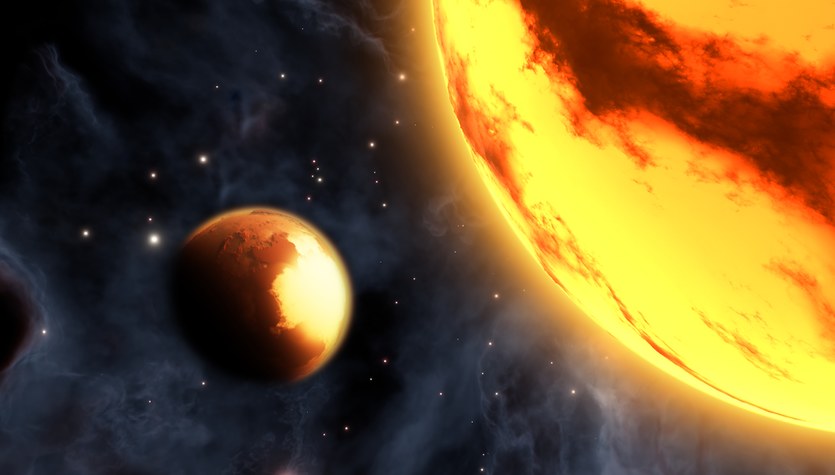Only a few days have passed since a series of coronal mass ejections from sunspot cluster AR3664 arrived at Earth after traveling 150 million kilometers in interplanetary space and unleashing a geomagnetic storm the likes of which have not been seen in more than a year. Twelve years. This solar storm caused the aurora borealis, which was visible not only near the Earth’s poles but also in areas relatively far from the pole, including Poland.
Although it was a unique experience for many, there is a possibility that we will soon witness, and even in the coming days, a repetition of the entertainment. The Sun is currently approaching, or already reaching, its maximum activity in its 25th solar cycle. It is therefore not surprising that its surface is covered with numerous rapidly developing sunspots and entire sunspot clusters, which almost always emit successive bursts of radiation, often accompanied by coronal mass ejections.
Read also: This is called maximum activity! A strong glow on the surface of the Sun
The sunspot cluster AR 3664 responsible for last week’s geomagnetic storm has already hidden behind the western edge of the Sun and is currently pointed towards Mars and no longer threatens us in any way. It is worth noting that just before this group disappeared from our field of vision, the most powerful flame in several years was emitted. Fortunately, it is no longer directed at us.
A new group of sunspots is heading towards us
As the Sun rotated on its axis, a group of sunspots AR3685 emerged from behind the eastern edge of the Sun’s disk, and on May 15, while still behind the Sun’s edge, it greeted us with an X2.9-class flare. However, given the fact that this group of sunspots will be located in the part of the Sun that is visible from the Earth’s surface until May 30, we can expect a whole series of flares from them in the coming days.

Read also: The maximum will come much earlier. The sun doesn’t want to listen to models
Scientists also pay attention to another important fact. In the previous 24th cycle of solar activity, observers and satellites monitoring the Sun counted 48 X-class flares. The next (current) cycle of activity was scheduled to feature much less activity. The problem is that we are still before the maximum (or have just started), and the number of recorded X-class flares has already exceeded 48.
It is worth noting here that flares and coronal mass ejections have much more far-reaching consequences than just aurora borealis. Plasma from the Sun carries magnetic fields that can disrupt or even damage satellites in orbit and power grids on Earth, as well as exposing astronauts aboard space stations to an increasing stream of harmful radiation. Therefore, it is very important to carefully monitor everything that happens on the surface of the Sun in order to prepare equipment in orbit and on Earth well in advance for dynamic changes in space weather.

Echo Richards embodies a personality that is a delightful contradiction: a humble musicaholic who never brags about her expansive knowledge of both classic and contemporary tunes. Infuriatingly modest, one would never know from a mere conversation how deeply entrenched she is in the world of music. This passion seamlessly translates into her problem-solving skills, with Echo often drawing inspiration from melodies and rhythms. A voracious reader, she dives deep into literature, using stories to influence her own hardcore writing. Her spirited advocacy for alcohol isn’t about mere indulgence, but about celebrating life’s poignant moments.








